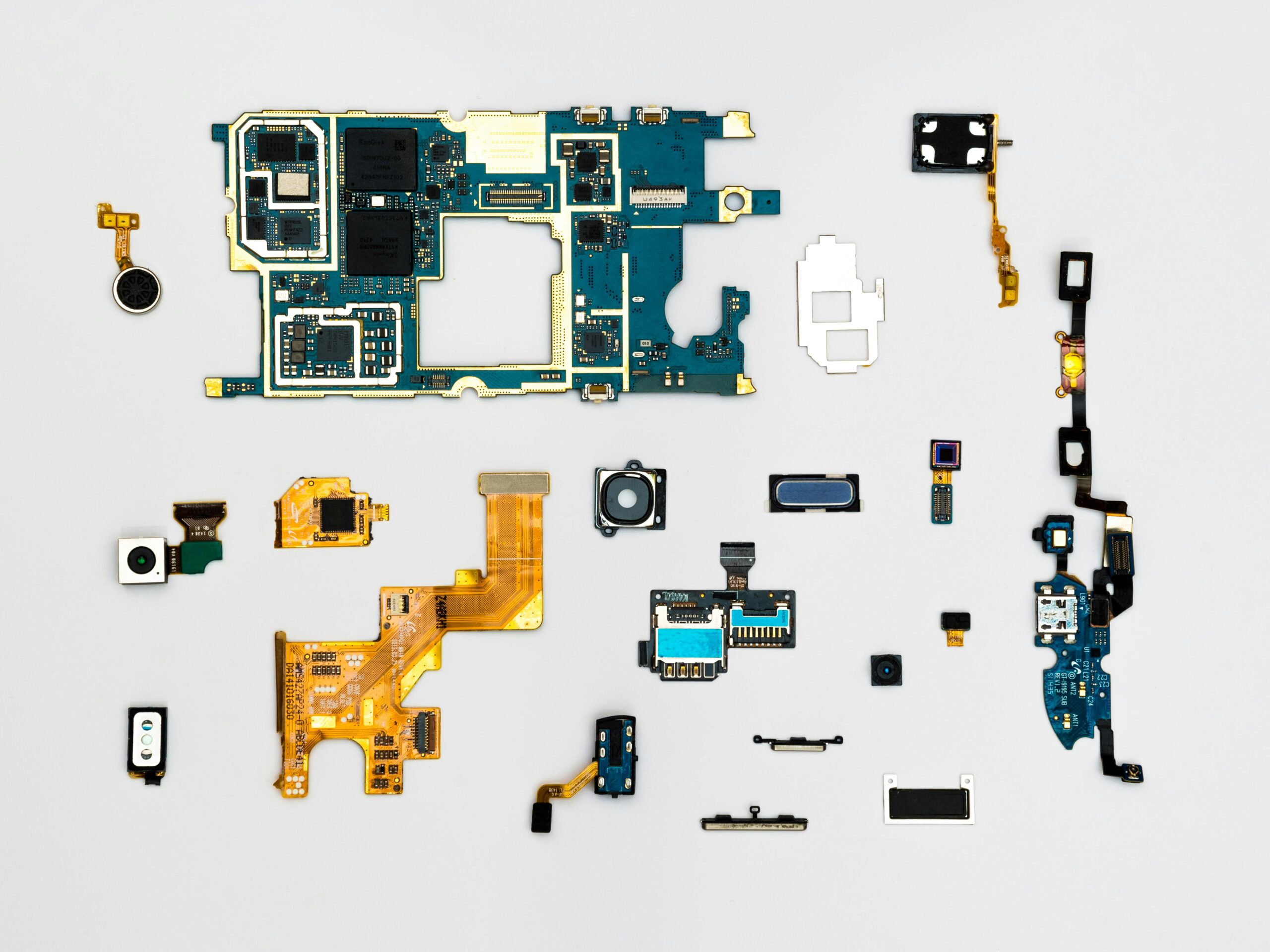Joint pain and cartilage damage affect millions worldwide, but cutting-edge medical innovations are transforming how we restore mobility and reclaim active lifestyles.
Whether you’re an athlete recovering from injury, someone living with osteoarthritis, or simply experiencing the wear and tear of aging joints, understanding the latest advances in cartilage and joint repair can be life-changing. The medical field has witnessed remarkable breakthroughs that go far beyond traditional treatments, offering hope where none existed before.
The human body’s ability to heal cartilage has long been considered limited. Unlike other tissues rich in blood supply, cartilage receives minimal nutrients and lacks the regenerative capacity that bones and muscles possess. This biological limitation has challenged physicians for decades, making joint deterioration seem like an inevitable decline. However, revolutionary technologies are now rewriting this narrative entirely.
🔬 Understanding the Cartilage Challenge
Before diving into groundbreaking solutions, it’s essential to understand what makes cartilage repair so complex. Cartilage serves as the smooth, cushioning tissue covering the ends of bones in joints, allowing frictionless movement and shock absorption. When damaged through injury, disease, or aging, this protective layer deteriorates, leading to pain, inflammation, and reduced mobility.
Traditional approaches have included pain management, physical therapy, and eventually joint replacement surgery in severe cases. While these methods provide relief, they often address symptoms rather than regenerating the damaged tissue itself. This gap in treatment has driven researchers to explore innovative strategies that stimulate actual cartilage regeneration.
The challenge lies in cartilage’s unique structure. It contains specialized cells called chondrocytes embedded in a dense extracellular matrix composed of collagen and proteoglycans. This avascular tissue (lacking blood vessels) receives nutrients through diffusion, making natural repair extremely slow and often incomplete. Modern solutions aim to overcome these biological limitations through creative scientific approaches.
💉 Regenerative Medicine: The Game-Changer
Regenerative medicine has emerged as the frontier of joint repair, focusing on harnessing the body’s own healing mechanisms. These approaches represent a paradigm shift from merely managing symptoms to actually restoring damaged tissue.
Platelet-Rich Plasma (PRP) Therapy
PRP therapy has gained tremendous popularity among both professional athletes and everyday patients. This minimally invasive procedure involves drawing your own blood, concentrating the platelets through centrifugation, and injecting this enriched plasma directly into the damaged joint.
Platelets contain growth factors that stimulate tissue repair and reduce inflammation. Studies have shown that PRP can significantly reduce pain and improve joint function, particularly in early-stage osteoarthritis and tendon injuries. The treatment typically requires multiple sessions spaced several weeks apart, with effects that can last months or even years.
What makes PRP particularly attractive is its safety profile. Since it uses your own biological material, the risk of adverse reactions is minimal. Recovery time is short, usually requiring only rest for a few days following injection. Many patients report noticeable improvement within weeks of treatment.
Stem Cell Therapy: Unlocking Natural Regeneration
Stem cell therapy represents perhaps the most exciting frontier in joint repair. Mesenchymal stem cells (MSCs) possess the remarkable ability to differentiate into various tissue types, including cartilage, bone, and connective tissue. When introduced into damaged joints, these cells can potentially regenerate lost cartilage and modulate inflammation.
The most common sources of MSCs for joint repair include bone marrow, adipose (fat) tissue, and umbilical cord tissue. Each source has distinct advantages. Bone marrow-derived stem cells have been extensively studied, while adipose-derived cells are easier to harvest in larger quantities. Umbilical cord-derived cells offer younger, more potent regenerative capabilities.
Clinical trials have demonstrated promising results across various joint conditions. Patients with knee osteoarthritis have shown significant improvements in pain scores and functional assessments following stem cell injections. The therapy shows particular promise for younger patients with focal cartilage defects, potentially delaying or preventing the need for joint replacement surgery.
🧬 Tissue Engineering and Bioprinting
Tissue engineering combines cells, scaffolds, and growth factors to create functional biological substitutes for damaged cartilage. This sophisticated approach essentially builds new tissue in laboratory settings before implanting it into patients.
Scaffold-Based Cartilage Regeneration
Biodegradable scaffolds provide a three-dimensional structure that supports cell growth and tissue development. These scaffolds can be made from natural materials like collagen or synthetic polymers designed to mimic cartilage’s native environment. Surgeons seed these scaffolds with chondrocytes or stem cells, then implant them into cartilage defects.
As the cells proliferate and produce extracellular matrix, they gradually replace the scaffold material, which biodegrades over time. The result is newly formed cartilage that integrates with surrounding tissue. This technique has shown excellent outcomes for treating focal cartilage lesions, particularly in younger, active patients.
3D Bioprinting: The Future is Now ✨
Perhaps the most futuristic innovation in joint repair is 3D bioprinting technology. This process uses specialized printers to deposit living cells and biomaterials layer by layer, creating precise three-dimensional tissue constructs that match a patient’s unique anatomy.
Researchers have successfully bioprinted cartilage tissue that closely resembles natural cartilage in structure and mechanical properties. The technology allows for customization based on detailed imaging of the patient’s joint, ensuring perfect fit and integration. While still largely experimental, several bioprinted cartilage products are advancing through clinical trials with encouraging results.
The potential extends beyond cartilage to entire joint components. Scientists are working on bioprinting complete meniscus replacements and even small bone segments. This personalized approach could revolutionize joint surgery by eliminating the one-size-fits-all limitations of current implants.
🏥 Advanced Surgical Techniques
While regenerative medicine offers non-surgical or minimally invasive options, surgical techniques have also evolved dramatically, providing superior outcomes with faster recovery times.
Autologous Chondrocyte Implantation (ACI)
ACI involves a two-stage surgical process. First, surgeons harvest a small sample of healthy cartilage from a non-weight-bearing area of the patient’s joint. These cells are then cultured in a laboratory for several weeks, multiplying into millions of chondrocytes. In the second surgery, these expanded cells are implanted into the damaged area, often covered with a protective membrane.
This technique has proven particularly effective for large cartilage defects that wouldn’t heal adequately with other methods. Long-term studies show that ACI can produce durable, functional cartilage that significantly improves joint function and reduces pain. The procedure requires commitment from patients, including extended rehabilitation, but outcomes justify the investment for many individuals.
Matrix-Induced Autologous Chondrocyte Implantation (MACI)
MACI represents an evolution of the ACI technique. Instead of implanting cells in suspension, cultured chondrocytes are seeded onto a specialized collagen membrane before implantation. This approach offers several advantages, including easier surgical handling, more uniform cell distribution, and potentially better cell retention.
The FDA-approved MACI procedure has shown excellent clinical results with high patient satisfaction rates. It’s become the preferred choice for many orthopedic surgeons treating symptomatic cartilage defects in the knee. The technique is now being adapted for other joints, including the ankle and shoulder.
💊 Biological Augmentation Strategies
Beyond cell-based therapies, researchers have developed various biological substances that enhance the joint environment and support natural repair processes.
Viscosupplementation and Advanced Lubricants
Hyaluronic acid injections have been used for years to supplement the natural joint fluid in osteoarthritic joints. However, newer formulations offer superior performance. Cross-linked hyaluronic acid products provide longer-lasting lubrication and may have additional anti-inflammatory and protective effects on cartilage.
Emerging alternatives include synthetic lubricants that mimic the properties of healthy synovial fluid even more effectively than hyaluronic acid. These advanced formulations are showing promise in clinical trials, potentially offering longer-lasting relief with fewer injections required.
Growth Factor Delivery Systems
Controlled delivery of specific growth factors directly to damaged joints represents another innovative approach. Rather than relying on the body’s natural production of these signaling molecules, sustained-release systems ensure therapeutic concentrations reach target tissues over extended periods.
Researchers have developed injectable microspheres and hydrogels that slowly release growth factors like transforming growth factor-beta (TGF-β) and bone morphogenetic proteins (BMPs). These substances stimulate cartilage formation and reduce inflammation, creating an optimal environment for tissue repair.
🤖 Technology-Enhanced Rehabilitation
Revolutionary repair techniques require equally advanced rehabilitation approaches to maximize outcomes. Technology is transforming how patients recover from joint procedures and manage chronic conditions.
Wearable Sensors and Motion Analysis
Smart wearable devices now track joint movement patterns, loading forces, and activity levels with remarkable precision. This data helps physical therapists optimize rehabilitation protocols and identify problematic movement patterns that could compromise healing or lead to re-injury.
Some systems use real-time feedback, alerting patients when they’re exceeding safe ranges of motion or applying excessive force to healing joints. This immediate guidance helps patients stay within therapeutic parameters while maximizing functional recovery.
Virtual Reality Rehabilitation Programs
VR technology is making rehabilitation more engaging and effective. Immersive programs guide patients through exercises while providing real-time feedback on form and performance. The gamification aspect increases adherence to rehabilitation protocols, which is crucial for optimal outcomes.
Studies show that VR-enhanced rehabilitation can accelerate recovery, improve range of motion, and reduce pain more effectively than traditional approaches alone. The technology is becoming increasingly accessible, with programs designed for home use supplementing clinical therapy sessions.
🌿 Complementary Nutritional Strategies
While medical interventions take center stage, emerging research highlights the importance of nutritional support for joint health and cartilage repair.
Specific nutrients play critical roles in cartilage metabolism. Collagen peptides have shown promise in supporting joint structure and reducing pain in clinical studies. Omega-3 fatty acids provide anti-inflammatory benefits that may slow cartilage degradation. Vitamins D and K, along with minerals like calcium and magnesium, support bone health underlying cartilage surfaces.
Glucosamine and chondroitin supplements have been controversial, with mixed research results. However, newer formulations combining these compounds with anti-inflammatory botanicals like curcumin and Boswellia extract show more consistent benefits. The key is viewing nutrition as complementary to, not a replacement for, medical treatments.
⚡ Choosing the Right Approach for Your Situation
With so many innovative options available, determining the best treatment path can feel overwhelming. Several factors influence which approach may be most appropriate for your specific situation.
The severity and location of cartilage damage matter significantly. Small, focal defects respond well to procedures like microfracture or scaffold-based techniques. Larger areas of damage may require more advanced approaches like MACI or tissue engineering solutions. Widespread osteoarthritis might benefit most from regenerative injections or eventually joint replacement.
Age plays an important role in treatment selection. Younger patients with healthy surrounding tissue are ideal candidates for repair procedures that promote tissue regeneration. Older patients may achieve better outcomes with symptom management strategies or joint replacement when appropriate.
Activity level and goals should guide treatment decisions. Athletes seeking to return to high-level competition need approaches that can restore near-normal cartilage function. Those simply wanting to enjoy daily activities without pain may achieve their goals with less aggressive interventions.
Cost and insurance coverage represent practical considerations. Advanced regenerative treatments often require out-of-pocket payment, while more established procedures typically receive insurance coverage. Discussing financial aspects openly with your healthcare team ensures you select a sustainable treatment plan.
🎯 The Road Ahead: Emerging Innovations
The field of cartilage and joint repair continues evolving at a rapid pace. Several emerging technologies promise to further revolutionize treatment options in coming years.
Gene therapy approaches aim to modify cells within damaged joints to enhance their regenerative capacity. Early research shows that delivering specific genes can stimulate cartilage formation and reduce inflammation more effectively than current growth factor treatments.
Nanotechnology applications are being developed to deliver therapeutic agents precisely where needed at the cellular level. Nanoparticles can carry drugs, growth factors, or genetic material directly to chondrocytes, maximizing therapeutic effects while minimizing side effects.
Artificial intelligence is beginning to play a role in treatment planning. Machine learning algorithms can analyze imaging studies, patient characteristics, and treatment outcomes data to predict which interventions will likely work best for individual patients. This personalized medicine approach could significantly improve success rates.
Exosome therapy represents an exciting frontier. These tiny vesicles secreted by stem cells contain growth factors, proteins, and genetic material that promote tissue repair. They offer regenerative benefits without actually transplanting living cells, potentially providing a simpler, safer alternative to stem cell therapy.

🚀 Taking Action: Your Next Steps
Understanding these revolutionary solutions is empowering, but taking action is what transforms knowledge into restored mobility and improved quality of life.
Begin by consulting with a specialist experienced in advanced joint treatments. Orthopedic surgeons with fellowship training in sports medicine or joint preservation offer the most comprehensive knowledge of cutting-edge options. Don’t hesitate to seek second opinions, especially when considering newer treatments.
Investigate clinical trials if you’re interested in accessing the most advanced experimental treatments. Many research centers actively recruit patients for studies evaluating promising new therapies. Participation provides access to innovative treatments often at reduced or no cost while contributing to medical advancement.
Optimize your overall health to support whatever treatment path you choose. Maintaining healthy body weight reduces joint stress. Regular appropriate exercise strengthens supporting muscles and maintains joint flexibility. Proper nutrition provides building blocks for tissue repair.
Stay informed as the field continues evolving. New treatments receive regulatory approval regularly, and existing techniques are continually refined. What wasn’t available or appropriate when you first developed joint problems might now offer excellent solutions.
The landscape of cartilage and joint repair has transformed dramatically, offering hope and real solutions for conditions once considered inevitable consequences of aging or injury. These revolutionary innovations enable countless individuals to maintain active, fulfilling lives despite joint challenges. By understanding your options and working with knowledgeable healthcare providers, you can find the approach that keeps you moving toward your goals—whether that means returning to competitive sports, enjoying recreational activities, or simply moving through daily life without pain. The future of joint health is here, and it’s remarkably bright. 🌟
Toni Santos is a longevity writer and regenerative medicine researcher dedicated to exploring how biology, technology, and ethics can extend healthspan. With a focus on cellular repair and anti-aging biotechnology, Toni examines how next-generation therapies translate lab breakthroughs into real-world vitality. Fascinated by stem cell science, telomere dynamics, and systems biology, Toni’s journey bridges research reviews, expert interviews, and clear public communication. Each article he shares aims to separate evidence from hype—helping readers understand what’s promising, what’s premature, and what truly supports long-term health. Blending molecular biology, clinical insight, and accessible storytelling, Toni investigates interventions that target the root drivers of aging. His work honors responsible innovation—prioritizing safety, transparency, and human wellbeing in the pursuit of extended healthspan. His work is a tribute to: Anti-aging biotechnology grounded in rigorous evidence Cellular rejuvenation pathways that restore function and resilience Stem cell and telomere research advancing ethical longevity care Whether you’re a clinician, researcher, or health enthusiast, Toni Santos invites you to explore the frontiers of regeneration—one discovery, one mechanism, one healthier year at a time.




